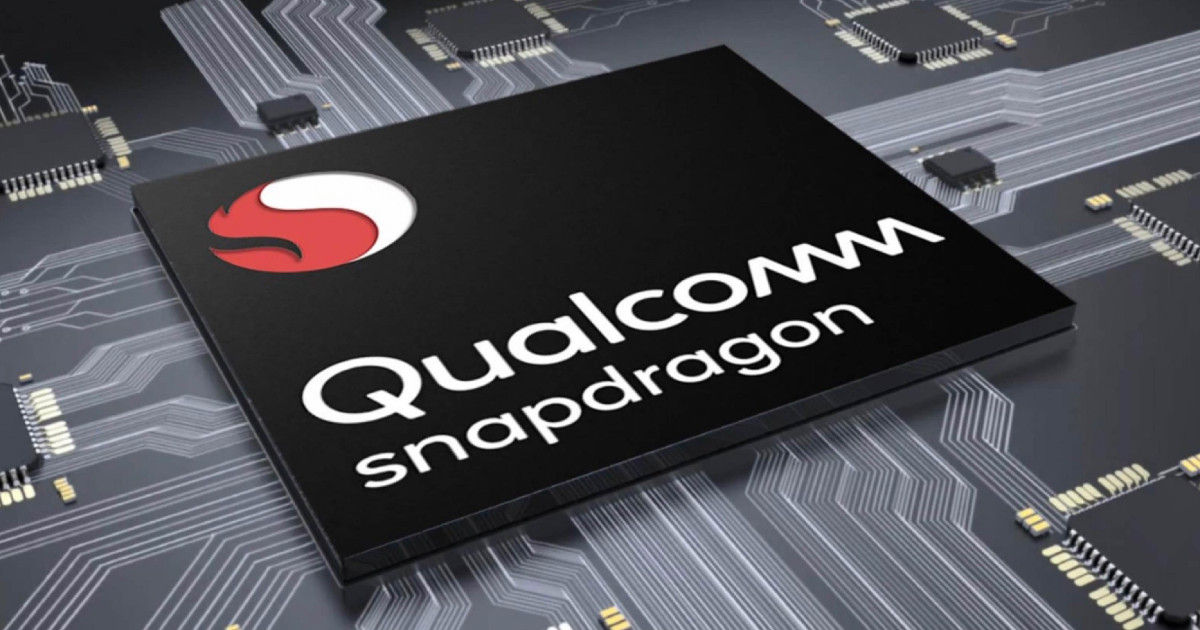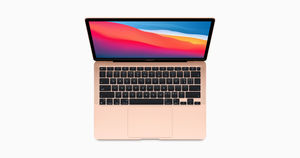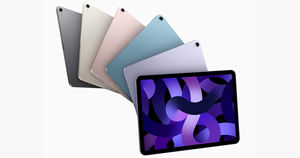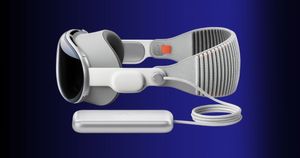
Apple last year unveiled its custom Apple Silicon chip for the MacBook called the M1. The M1 chip showed a significant jump in performance compared to Intel’s X86-based chips while offering excellent efficiency. Qualcomm is now rumoured to launch a new chip to compete against the Apple M1 chip. According to WinFuture, Qualcomm is working on a new high-end chip for Windows laptops. The Snapdragon chip is being internally called the SC8250. Currently, two versions of the chip are being tested. With the new chip, Qualcomm is aiming for the top of the performance scale. Let’s take a look at the rumours of Qualcomm’s Snapdragon chip that will compete against the Apple M1 chip.
Qualcomm tipped to launch new Snapdragon chip to compete against Apple M1
Qualcomm is rumoured to launch a new Snapdragon chip for Windows laptops to compete against the Apple MacBook models with M1 chip. According to the new report from WinFuture, the company is currently testing two different versions of the rumoured chip.
The chip is being internally called the SC8250 (or SC8250XP). The report states that this new will have two clusters of high-performance cores clocked at different speeds. This new chip has been offered to developer platforms. The chip is closely related to the already available models of the Snapdragon 8cx series. However, it offers a higher clock speed.
The SC8250 also comes with an Adreno 690 graphics unit used in Snapdragon 8cx Gen 2. It supports up to 14-inch display and 32GB of RAM. The chip has four absolute high-end cores, which Qualcomm also calls “Gold+” cores. In addition, there are four other high-end cores, which are called “gold” cores. This means that the efficiency-cores have been eliminated.
The four Gold+ cores are currently clocked at 2.7GHz. The other four Gold cores will clock at 2.43GHz.The integrated NPU is likely to work with up to 15 TOPs.
There is no word on when the Snapdragon-powered Windows PCs will launch.
















